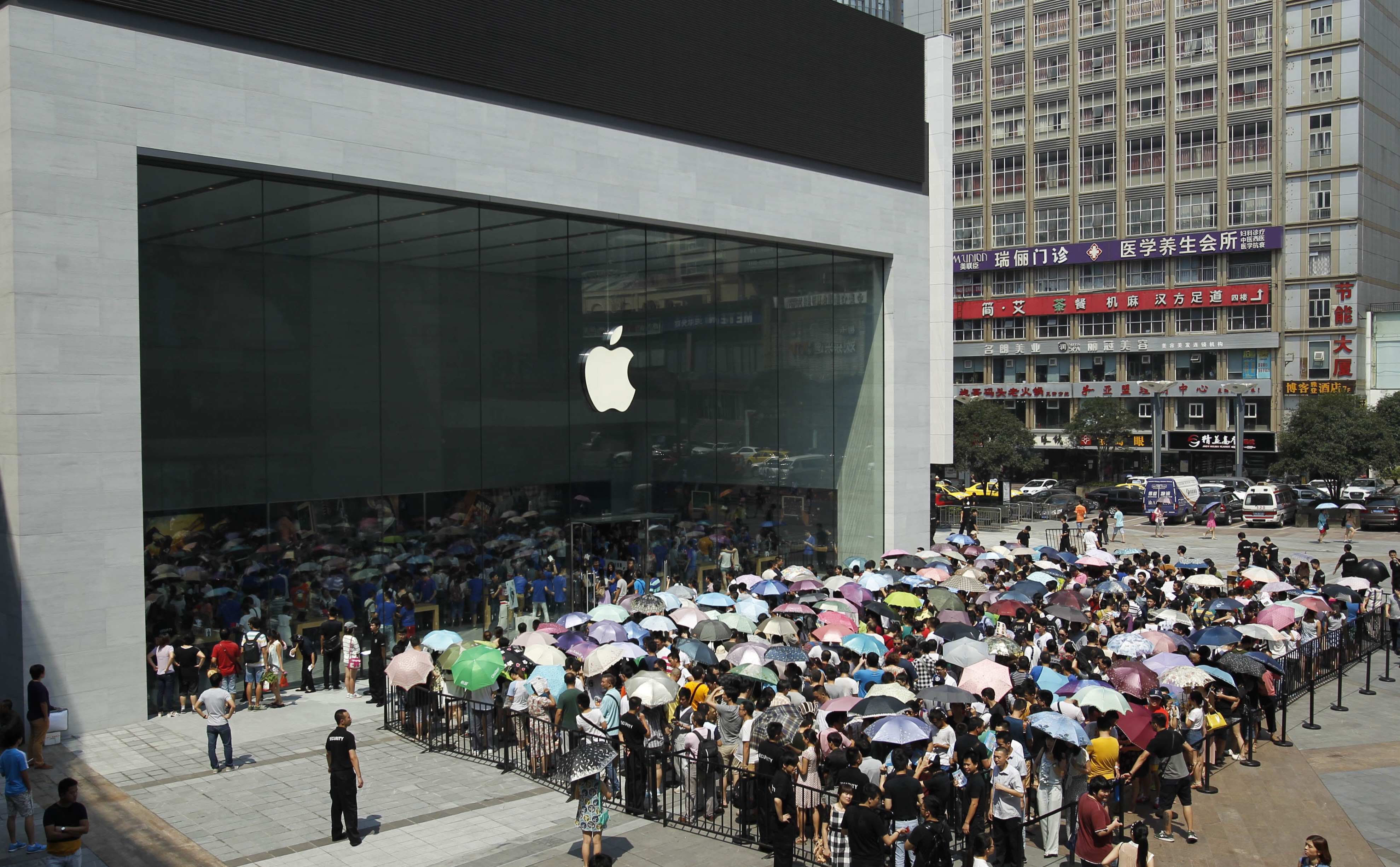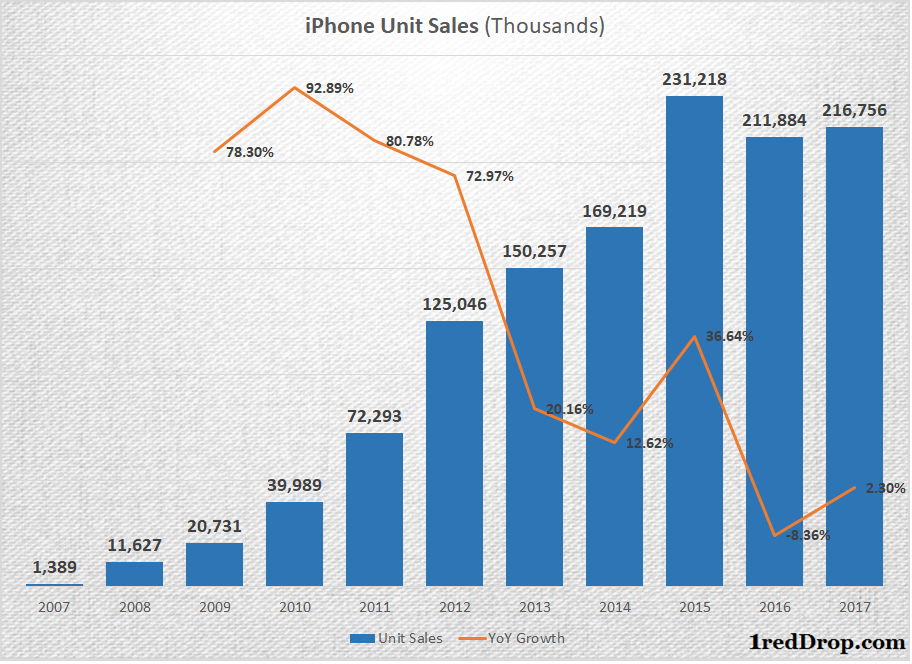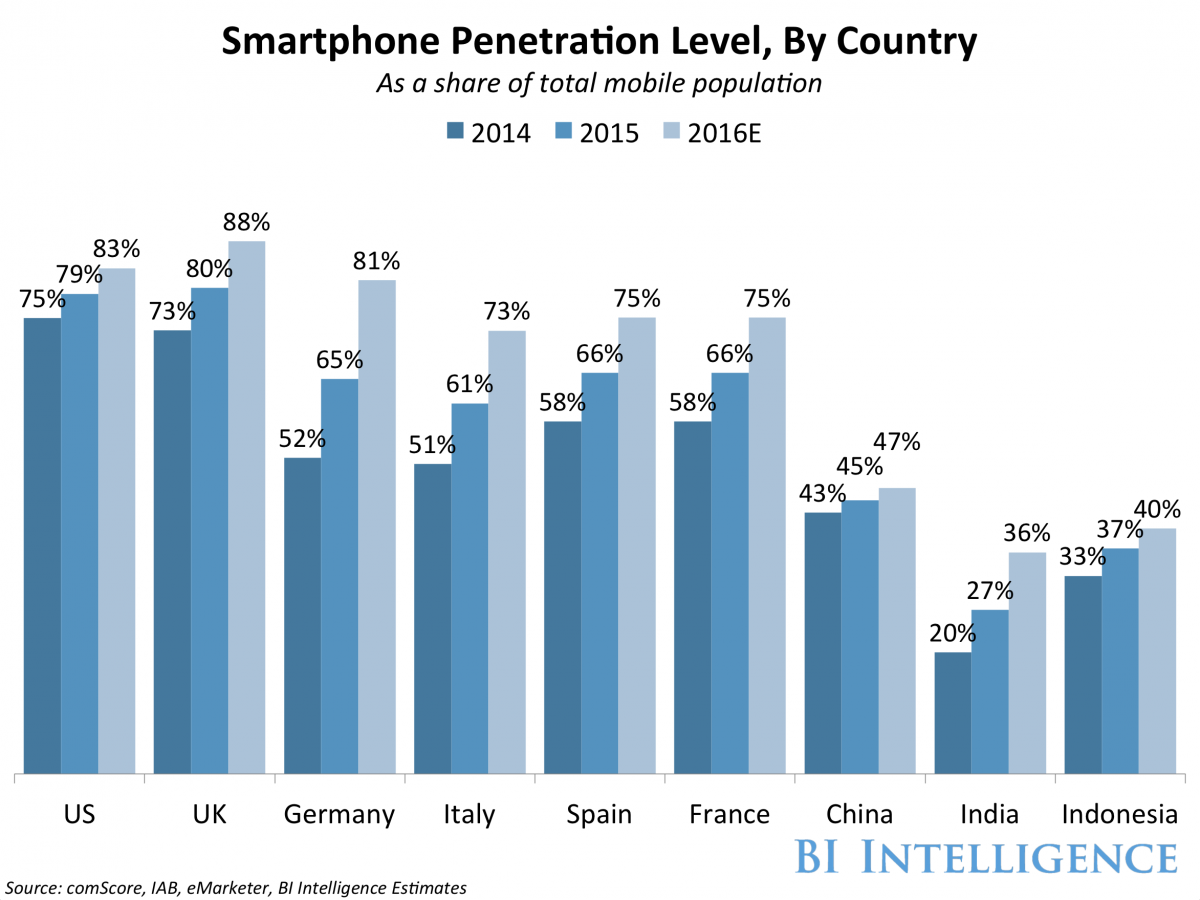The global iPhone party might be coming to an end, but Apple isn’t ready to give up the ghost just yet. Apple recovered nicely in 2017, selling 216.75 million iPhones, 2% more than what it sold the year before. But the company may never regain its iPhone sales high of 231.21 million units sold in 2015. Here’s why that might not be such a bad thing.
The 2015 peak looks a bit like Mount Everest at this point, but Apple could actually be happy to walk away with a 2% unit sales growth in 2017 because it showcases the company’s ability to improve sales in a quickly saturating market.
Market conditions are extremely different from what they were a decade ago. In 2007, we were still using Blackberrys and Nokias, and iPhones took the mobile world by storm, changing “mobile phones” into “smartphones.”
Sales soared for Apple because people were ready to ditch their feature phones and get with the smartphone trend. And companies that quickly honed in on the segment, like Samsung, are now market leaders.
But today, smartphone penetration in most developed countries is well over 70%, and in some countries it’s even gone above 90%. We have already put smartphones into the hands of as many people as we can, and there’s simply too much competition fighting for limited market expansion for rapid growth to happen in key markets.
In such an environment, companies like Apple thrive because of a loyal customer base. The bulk of their growth comes from existing customers who upgrade to newer models.
Either way, the dip in 2016 and uptick in 2017 may well represent a more stable sales period for Apple. That’s not necessarily a bad thing considering the state of the market, but it is going to put pressure on Apple as well as other smartphone makers to innovate more and diversify into other areas. Fortunately, for companies like Apple, it forces their hand and gives them a strong need to diversify, which is what it’s currently doing with its fast-growing services segment.
For the foreseeable future, though, Apple may have to be satisfied with low single-digit growth in iPhone sales.
Thanks for visiting. Please support 1redDrop on social media: Facebook | Twitter





